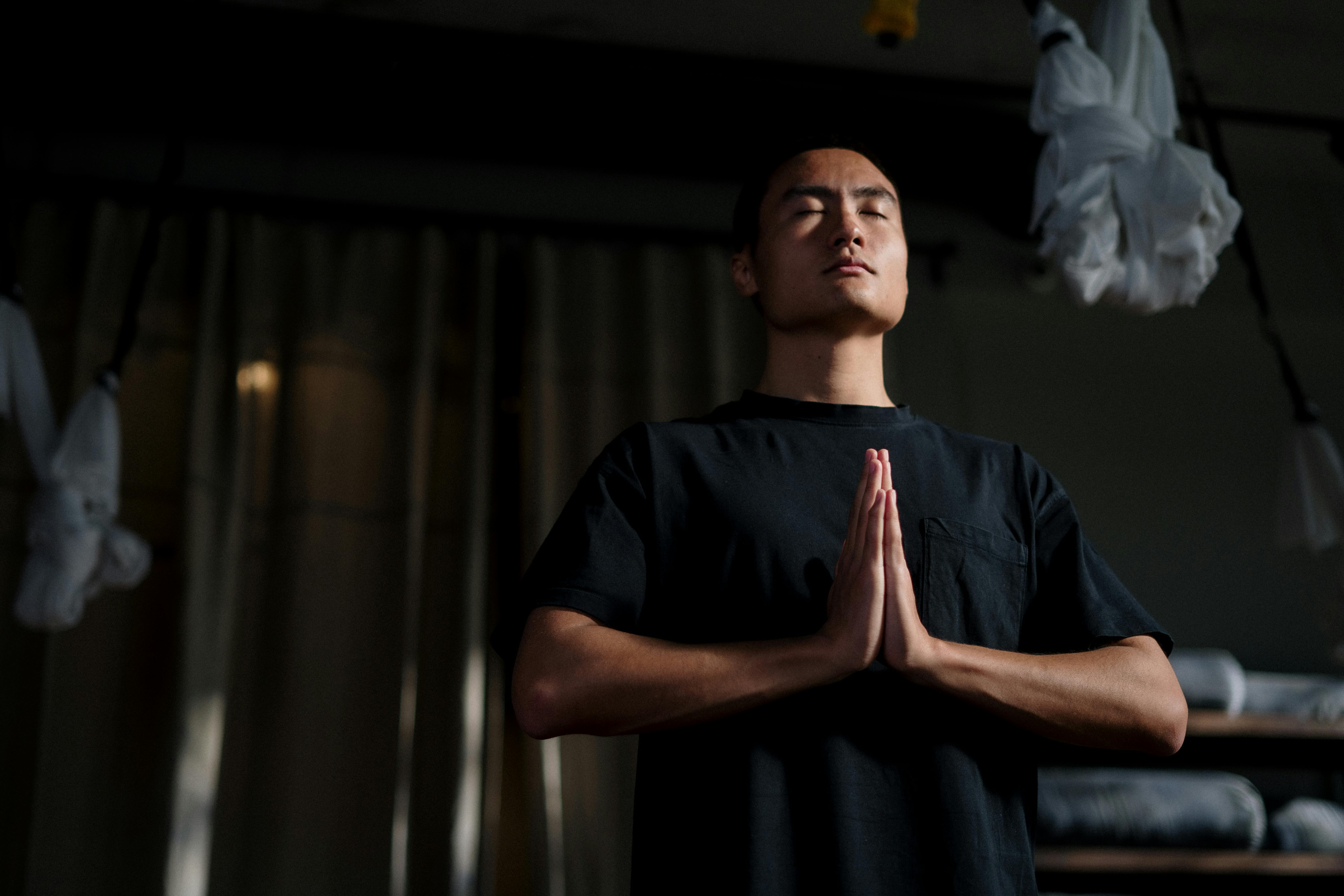
Discover The Best Yoga Routines For Stress-Free Evenings
Many people wind down at night with digital distractions and restless thoughts, yet a focused yoga flow offers a better way to signal the body and mind that it’s time to relax. Practicing specific poses helps to release tension from your shoulders, hips, and spine, creating a comfortable foundation for deeper rest. This calming sequence leads you through gentle warm-ups, balanced core movements, and soothing stretches, all thoughtfully arranged to help you let go of the day’s worries. As you follow each step, you prepare your body and mind for a peaceful transition into restful, uninterrupted sleep.
Most of these poses require only a mat and minimal space. You’ll find clear instructions, timing suggestions and small adjustments to deepen each posture. Commit to this sequence three to five times a week, and you may notice a drop in muscle tightness, improved breathing patterns and a more peaceful mindset before bedtime.
What Causes Evening Stress and How Yoga Helps
Daily stress often manifests as neck stiffness, shallow breathing and a racing mind. These physical reactions result from the sympathetic nervous system pumping adrenaline. Moving intentionally and controlling your breath help shift your body into a relaxed state.
Yoga combines movement with breath regulation to activate that relaxation response. You’ll learn to synchronize inhales and exhales with each stretch. Over time, this trains your nervous system to recognize evening postures as signals to unwind.
Essential Warm-Up Poses
- Cat-Cow Stretch: Start on all fours. Inhale as you arch your back, lift your head and tailbone. Exhale as you round your spine and tuck your chin. Repeat 8–10 times to lubricate your vertebrae.
- Seated Side Bend: Sit cross-legged. Raise your right arm and lean left, feeling a stretch along your torso. Hold for 30 seconds, then switch sides. This opens tight ribs and intercostal muscles.
- Shoulder Rolls: Stand or sit tall. Roll shoulders forward five times, then backward five times. These gentle circles release built-up tension in the traps and upper back.
- Low Lunges: Step your right foot forward, lower your left knee. Keep hips square and press forward lightly. Hold for 30 seconds before swapping sides. This targets hip flexors and quads.
- Wrist Stretches: Extend one arm and pull back gently on fingers with the opposite hand. Hold for 20 seconds, then switch. This simple move reduces wrist stiffness after typing all day.
Sequence of Evening Yoga Poses
- Child’s Pose (Balasana): Kneel and sit back on your heels, stretching arms forward. Rest forehead on the mat. Breathe into your lower back for 1–2 minutes, focusing on slow, even inhales and exhales.
- Thread the Needle: From all fours, slide your right arm under your left, lowering your right shoulder and head to the mat. Press into the left hand to deepen the twist. Hold 1 minute each side.
- Wide-Legged Forward Fold: Stand, step feet wide, hinge at the hips and reach toward the floor. Bend knees slightly if needed. Let your head hang heavy for 1 minute to calm the nervous system.
- Reclined Pigeon Pose: Lie on your back, cross right ankle over left thigh. Thread hands behind left hamstring and draw both legs toward you. Hold for 1 minute per side to open hips.
- Legs Up the Wall (Viparita Karani): Lie on your back with legs extended up a wall. Adjust to feel a gentle stretch in hamstrings. Stay here for 3–5 minutes, breathing slowly to reduce swelling and signal rest.
These postures flow from active stretching to passive holds, guiding muscles and mind toward stillness. If you feel any sharp sensations, back off and focus on even breathing instead of depth.
Tips to Help You Relax Deeply
- Close Your Eyes Early: Shut out visual stimuli as soon as you begin. This shifts attention inward, helping you tune into breath and body sensations.
- Use a Bolster or Pillow: Place support under your knees or torso to make passive poses more restorative. Your body can fully relax without fighting gravity.
- Try Aromatherapy: A few drops of lavender or chamomile on a cotton ball nearby can enhance the calming effect. Research shows lavender inhalation can lower heart rate by up to 5%.
- Set a Regular Time: Practice at the same hour each evening to train your body clock. Aim to start within 30 minutes of winding down electronics.
- Play Soft Background Sound: Ambient tracks at low volume act as a white-noise buffer, reducing mental chatter. Try *Calm*’s “Deep Sleep” track or nature noise playlists.
Common Mistakes to Watch Out For
Rushing through poses undermines the purpose of an evening practice. Hurrying keeps adrenaline high and core muscles engaged, which conflicts with winding down. Instead, give each posture its full time and focus on breath quality.
Skipping cool-down poses like Legs Up the Wall cuts out a key reversal that helps blood flow away from the tense legs and back toward the heart. Ignoring this step can leave you feeling more restless.
Holding your breath during challenging stretches increases tension. Keep your inhales and exhales smooth and matched in length. If you notice shallow breathing, ease out of the stretch and refocus on deep bellows breaths.
Avoid checking your phone or watching the clock mid-practice. Visual distractions reset your mind to “task mode.” Keep devices out of sight and focus solely on your body and breath.
With these carefully structured poses and supportive tips, you can turn your evenings from restless to restful. Consistent practice creates lasting changes in both your body and your mind.
Follow this routine to experience improved sleep, reduced stress hormones, and a more balanced mood each morning. Consistent practice of *targeted yoga* makes a noticeable difference.